The Fourth P
This is the third and last article in a series about branding green goods (parts one and two ran in the January and February 2004 issues of Lawn & Garden Retailer). The first article laid some foundation on the basics of branding. In that article we defined branding, shared how it compares to promotions and outlined some key learning about what works and doesn’t work when branding plants. Last month, we examined the results from a research study that suggests that a properly executed branding program can indeed yield greater profits for the grower and the retailer.
The findings of this research yielded powerful results that support the notion of an effective formula: Greater profits are possible through effective POP and improved placement in the retail setting.
This research also suggested that price (The Fourth P) is also an important factor when marketing and branding plant material.
Supply and Demand
Supply and demand is undoubtedly the most basic and most powerful economic tenet in existence. Quite simply, during times of great demand consumers will naturally “bid up” the price of a product or service. In most industries, including the horticultural industry, retail prices are typically not adjusted in response to real-time demand. Pricing is typically based on some function of acquisition cost and desired margin. For plant material, discounting is typically seasonal or done when the product is “past its prime.” Unfortunately, adjusting retail prices “real-time” can be complex, time consuming and confusing to employees and customers.
Most industries pass along stealth price increases by making changes to the packaging or quantities. Have you noticed at the grocery store that package sizes have gotten smaller while prices have remained constant? It happens more than you think. As we all know in the green industry, package size and pricing go hand-in-hand. Consumers readily expect bigger plants to have bigger price points.
The burning question then is this: Are we under-pricing our products? Phrased differently: Exactly how price sensitive are consumers when it comes to purchasing plant material?
Before I answer that question, I first want to state why this dialogue is important.
Industry growth is slowing. While it is projected that the industry will continue to outpace overall economic growth for the next five years, growth rates may not match those of the late 1990s and early 2000s.
For independent retailers, long-term profitability is a key issue. To improve profits you either sell more or reduce expenses. Selling more is a function of increasing customer visits or average transaction. Quite frankly, increasing customer visits can be done — but it costs a lot of money. Another way to raise the average transaction is to take a serious look at pricing.
We are learning that consumers place limits on the amount of plant material they buy during each store visit. There are many reasons for this — but the most important is time. When consumers want to garden, they have allotted a finite amount of time to purchase and plant. Getting them to buy more plants can be hard if they only have four hours that weekend to garden. Consumers often remind us that they don’t buy 3 gal. of milk when they go to the grocery store, so why should they buy more when it is impossible to consume the purchase before it spoils? A similar psychology applies to purchases of plant material.
So, what is a plant marketer to do? Well, many smart independent retailers have begun to offer delivery and installation services in an effort to break some of these barriers. The jury is still out on whether or not this strategy is working and profitable.
Considering some of the factors I’ve outlined above, I think it’s time that the industry has a serious dialogue about how we set retail pricing. Ultimately, the goal is to make every cash-and-carry customer profitable.
So, I repeat the burning question — are we under-pricing our products? Our research suggests that we are.
Lessons From the Research?
Just this past spring, Horticultural Printers, Swanson Russell Associates and NQuery Research completed a market study in Dallas, Texas. The purpose of the study was to determine if consumers would pay more for a branded product. We created a fictitious brand (Southern Shades), clearly communicated the brand’s promise and sold it in close proximity to an identical, unbranded version.
Impatiens were sold in 41/2-inch pots. The branded product was given more prominence in the store and had a larger plant stake and a white pot. The unbranded version had a smaller plant stake and a brown pot. The branded version was merchandised on an end-cap and was supported with a small billboard sign, an end cap sign, bench wrap and custom plant stakes.
To make our market study more challenging, we charged more for the branded product. At two independent garden centers we charged $2.49 per pot for the branded and $1.99 for the unbranded. At two home improvements stores we charged $1.59 for the branded version and $1.20 for the unbranded version. Pricing was set so that the additional marketing costs were passed on to the consumer, along with a higher margin for both the grower and the retailer. The important thing to note is that pricing for both the branded and unbranded products was higher than typical prices for similar products. It was quite clear that an additional $.50-.75 per unit was a non-issue to most customers. During April, consumers (by the millions) wanted nice-looking plants. Actual pricing and how the price compared to last year were not that important. And, yes, across our test stores, the branded version outsold the unbranded version by 40 percent. Consumers liked the brand promise, saw added value in their purchase and reacted to the merchandising.
Now What?
A common question I get from independent retailers is, “will this research prompt Home Depot or Lowe’s to raise their prices?” Obviously, the research suggests that we all may be leaving some money on the table. Independent retailers are rightfully concerned about pricing themselves too far out of customer expectations. Not to mention that retail overall is in a deflationary cycle — consumers expect both a good value and a competitive price.
My guess is that Home Depot and Lowe’s are taking a hard look at their garden centers too. Recent research sponsored by the trade magazine, Do It Yourself Retailing, suggests that the overall productivity of the lawn and garden departments at box stores (a function of turns and gross margin) lags behind other departments like paint, lumber and electrical. As their corporate growth slows, Wall Street will become impatient and managements’ focus will shift toward improving productivity. Based on informal conversations I’ve had with suppliers who sell to the box stores, Home Depot, Lowe’s and Wal-Mart are trying to figure out how to best position their garden centers for the future. Most of them have recognized that they have hit a limit on reducing overhead: Garden centers require people to operate, it costs money for promotions and events to increase customer visit frequency, and consumer behavior can be expensive to change.
One sure way to improve overall gross margin is to see if any price increases can be passed onto the consumer without destroying value. However, these retailers have the information and resources to adjust pricing based on real-time demand. It is too soon to say if Orange and Blue will go this route. Wal-Mart is pursuing a different strategy — it has decided that it is only going to focus on the fast-turning, bread and butter products.
Pricing (and especially raising prices) is a risky proposition. But, are we under-pricing lawn and garden products? During times of high demand the answer is still probably yes. I do think further study on the issue is warranted. If I owned a garden center I’d be experimenting with pricing. To me, that is one of the key benefits of a POS system — maximizing gross margins by analyzing and adjusting prices in relation to turns. As my grandfather used to say, “What matters is not how much you make, but how much you keep.”
In the end, it is the consumer’s vote that counts. When you think about it, what is the difference between $2 and $2.25 for a 4-inch annual? For the retailer it is a 12.5-percent price increase. To the consumer it is only $.25.

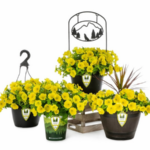
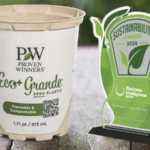


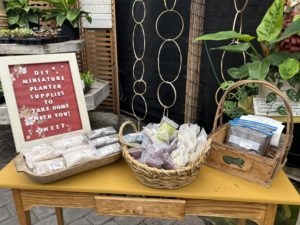


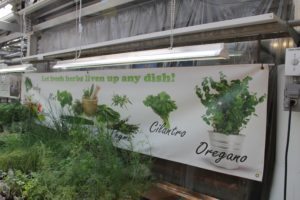
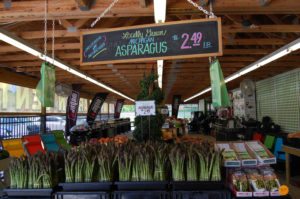
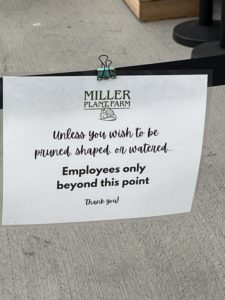


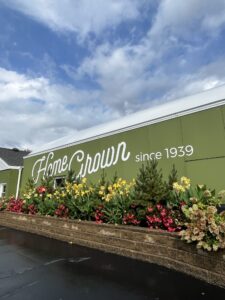
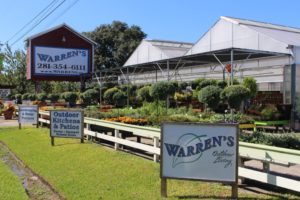
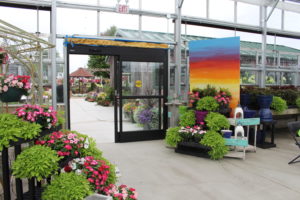
 Videos
Videos





